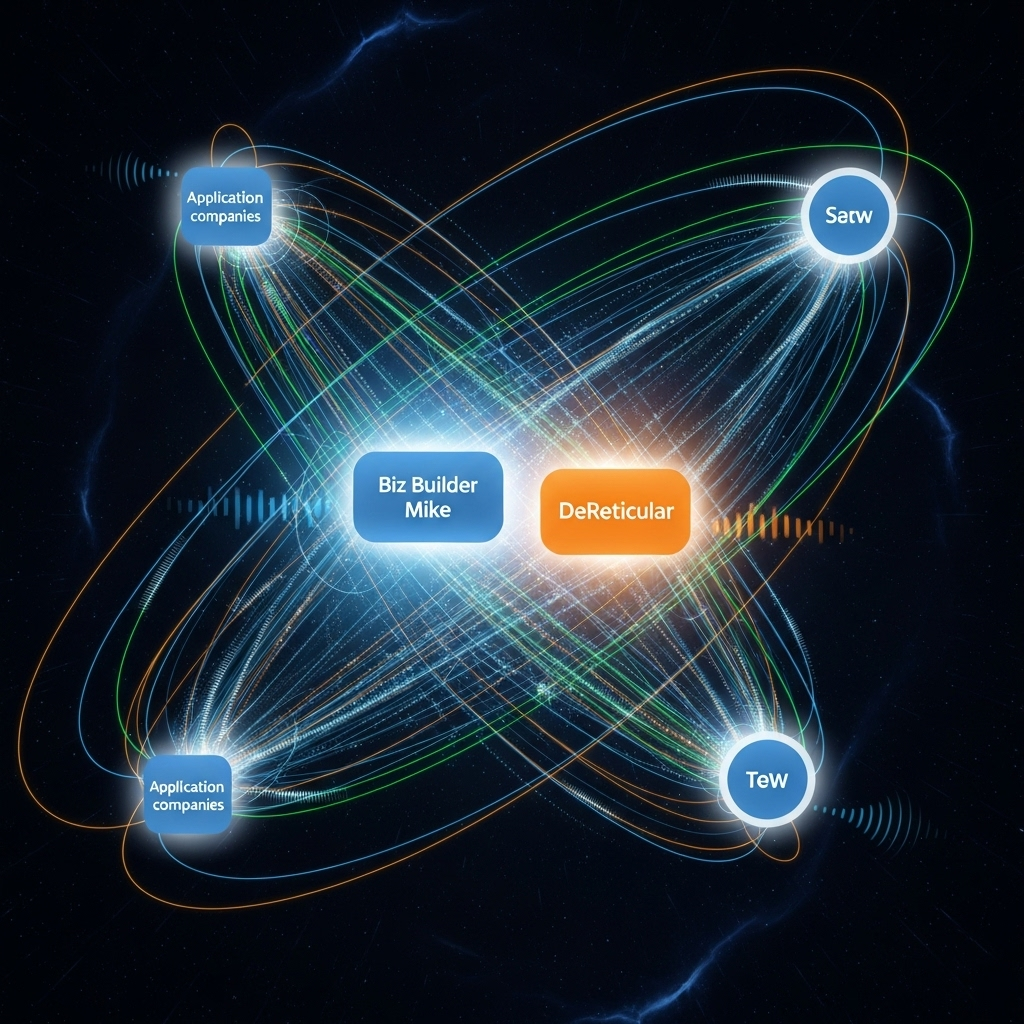A Comprehensive Report on Multiprotocol Label Switching (MPLS)

Multiprotocol Label Switching (MPLS) is a well-established networking technology designed to optimize and accelerate data transfer across complex networks. Developed in the 1990s, MPLS directs data from one network node to the next using short path labels rather than long network addresses, which avoids complex lookups in a routing table.[1] This technique enhances the speed, scalability, and traffic management of networks.[2]
How MPLS Works
At its core, MPLS operates by assigning a label to each data packet as it enters the network.[3][4] This label is used by routers within the MPLS network to make forwarding decisions. Instead of performing a complex routing table lookup at each hop, the router simply reads the label and forwards the packet to the next router in a predetermined path known as a Label Switched Path (LSP).[4][5] This process is analogous to a mail sorting facility where mail is sorted into predefined categories to ensure it reaches its destination quickly and accurately.[4]
The key components of an MPLS network include:
- Label Edge Routers (LERs): These are located at the edges of the MPLS network and are responsible for adding or removing labels from packets as they enter or exit the network.[4]
- Label Switching Routers (LSRs): These are the routers within the core of the MPLS network that switch packets based on their labels.[4]
MPLS is often referred to as a “Layer 2.5” protocol because it operates between the data link layer (Layer 2) and the network layer (Layer 3) of the OSI model.[2][6] This unique position allows it to encapsulate various network protocols, including IP packets, ATM, Frame Relay, and Ethernet.[6]
Key Benefits and Applications
MPLS offers several significant advantages over traditional IP routing:
- Improved Performance and Efficiency: By using predetermined paths, MPLS reduces the time routers spend on forwarding decisions, leading to faster and more efficient data transfer.[4][7]
- Traffic Engineering: Network operators can define specific paths for different types of data traffic, enabling them to prioritize critical applications like voice and video to ensure minimal delays.[1]
- Scalability and Flexibility: MPLS can be integrated with various network technologies, allowing for the creation of flexible and scalable networks that can cater to diverse needs.[1]
- Enhanced Security: MPLS can be used to create Virtual Private Networks (VPNs) that provide secure and scalable connectivity.[1] While MPLS itself does not encrypt data, it ensures traffic isolation by keeping each customer’s traffic within its own LSP.[2]
- Quality of Service (QoS): MPLS enables the implementation of QoS policies, allowing for the segregation of traffic types to ensure that high-priority applications receive the necessary bandwidth and low latency.[7]
These benefits have made MPLS a foundational technology for a variety of applications, including:
- Wide Area Networks (WANs): MPLS is frequently used to connect geographically dispersed branch offices of a company to a central headquarters or data center.[5]
- Carrier Ethernet Services: It plays a crucial role in redefining high-speed, point-to-point connectivity.[1]
- Mobile Networks: MPLS has been instrumental in supporting the growth of mobile data traffic by enabling efficient backhaul networks.[1]
- Cloud Computing: The technology provides the reliable connectivity necessary for businesses to leverage remote data storage and applications.[1]
Drawbacks and the Rise of Alternatives
Despite its numerous advantages, MPLS also has some drawbacks:
- Cost: MPLS is generally more expensive than standard internet services.[5]
- Long Setup Time: Establishing dedicated paths across large networks can be a time-consuming process.[5]
- Complexity: MPLS is typically a managed service offered by Internet Service Providers (ISPs), which can add a layer of complexity for network management.[5]
- Lack of Inherent Encryption: As mentioned, MPLS does not natively encrypt traffic, meaning any intercepted packets can be read in plaintext.[2][5] Additional security measures are required to protect sensitive data.
- Cloud Connectivity Challenges: Setting up direct network connections to cloud servers can be difficult for organizations that do not have access to the physical servers where their data resides.[5]
The initial primary benefit of MPLS, which was increased routing speed, has become less significant with the advent of faster switching technologies like ASIC, TCAM, and CAM-based switching.[6] Consequently, alternatives like SD-WAN (Software-Defined Wide Area Network) have gained popularity as they can offer more flexibility and cost-effectiveness, particularly for cloud-centric environments.
In conclusion, while newer technologies are emerging, Multiprotocol Label Switching remains a vital and reliable technology that has significantly shaped modern telecommunications and enterprise networking for over two decades.[7] Its ability to provide efficient, scalable, and high-performance connectivity continues to make it a relevant solution for many organizations.
Sourceshelp




Leave a Reply
You must be logged in to post a comment.